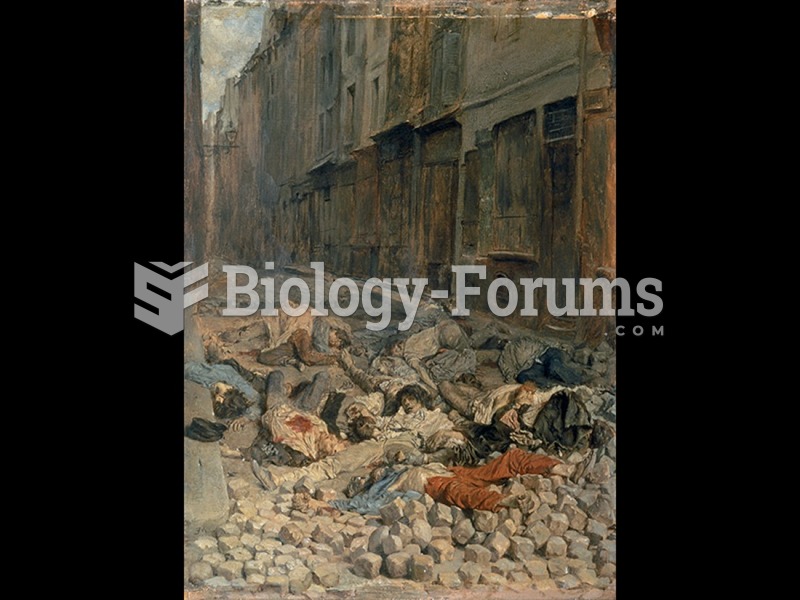Answer 1
Answer: Realizing that the South could not forever fight a defensive war, Robert E. Lee attempted an invasion of the North. He suffered heavy casualties at Gettysburg and withdrew, unable to mount another offensive. Northern victory at Vicksburg gained control of the Mississippi River for the North and led to Grant's promotion. Grant and Sherman employed a grim campaign of annihilation, using the North's superior resources to wear down and defeat the South.
Answer 2
Answer: Lincoln was forced to walk a thin line between racist conservatives and radical abolitionists. The Emancipation Proclamation, defended by Lincoln as an act of justice, warranted by the Constitution upon military necessity, helped prepare northerners for the eventuality of emancipation. Although it did not technically free any slaves at the time, it gave the war a moral purpose and laid to rest any possibility of foreign support for the Confederacy. It encouraged slaves to flee the South, subverting the southern war effort.
Answer 3
Answer: Both sections faced shortages of money and manpower. The North relied more heavily on taxation and borrowing than did the South, but both sides experienced problems of inflation with paper money. Although both resorted to conscription, the South was forced to do so earlier and to a greater extent. In both sections, the allowance of draft exemptions for the wealthy stirred class antagonisms and the argument that it was a rich man's war but a poor man's fight. Both sections experienced political dissension, but the northern system proved more capable of handling it.
Answer 4
Answer: Stopped at the initial Battle of Bull Run, the North became convinced of the need for greater expenditures and preparation. McClellan's overly cautious leadership failed to produce results, however. A southern offensive was stopped at Antietam, and the war in the East was stalemated. In the West, General Grant rose to prominence, although he failed to capture control of the Mississippi River at this stage. The northern navy succeeded in capturing footholds along the southern coast, preparing the way for an effective blockade.







